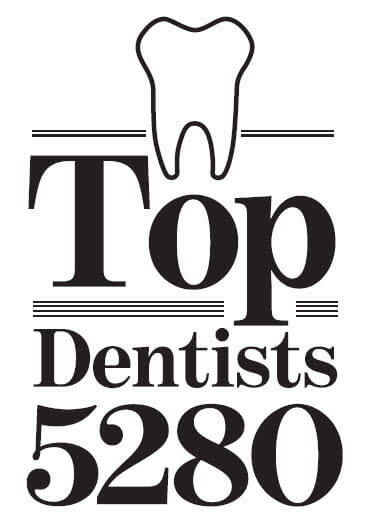Common Causes
When you hear the term “recession,” it doesn’t usually indicate good things. Such as economic recession, receding hairlines, and of course, gum recession. However, there is good news! Although it may not be easy, gum recession can be fixed.Gum or gingival recession is when the gums in your mouth start shrinking away from the tooth, and it exposes the root surface of the tooth that it once used to cover. Although there can be many factors that lead to gum recession, there are four common causes. The first cause is brushing too hard. By doing this, you can actually wear your gums away over time! The second cause is periodontal disease. Periodontal disease is an infection of the gums and bone around the teeth. Over time, it will cause bone loss around your teeth and the gum level can also decrease. Grinding and/or clenching teeth is also a cause of recession. External forces on the teeth put a lot of pressure on the bone socket. Over time, the bone around the tooth root breaks down and the gums can recede with the bone. Lastly, chronic use of chewing tobacco placed against the gum can cause irritation of the gingiva which can result in gum recession.
Many times there are clear signs of recession. It is possible to see differences in the gum line from tooth to tooth and with significant recession, the roots may be exposed. Recession also makes the tooth appear longer. Gingival recession may be asymptomatic, meaning it doesn’t cause any sensitivity, but in many cases it can result in sensitivity to touch and temperature.



